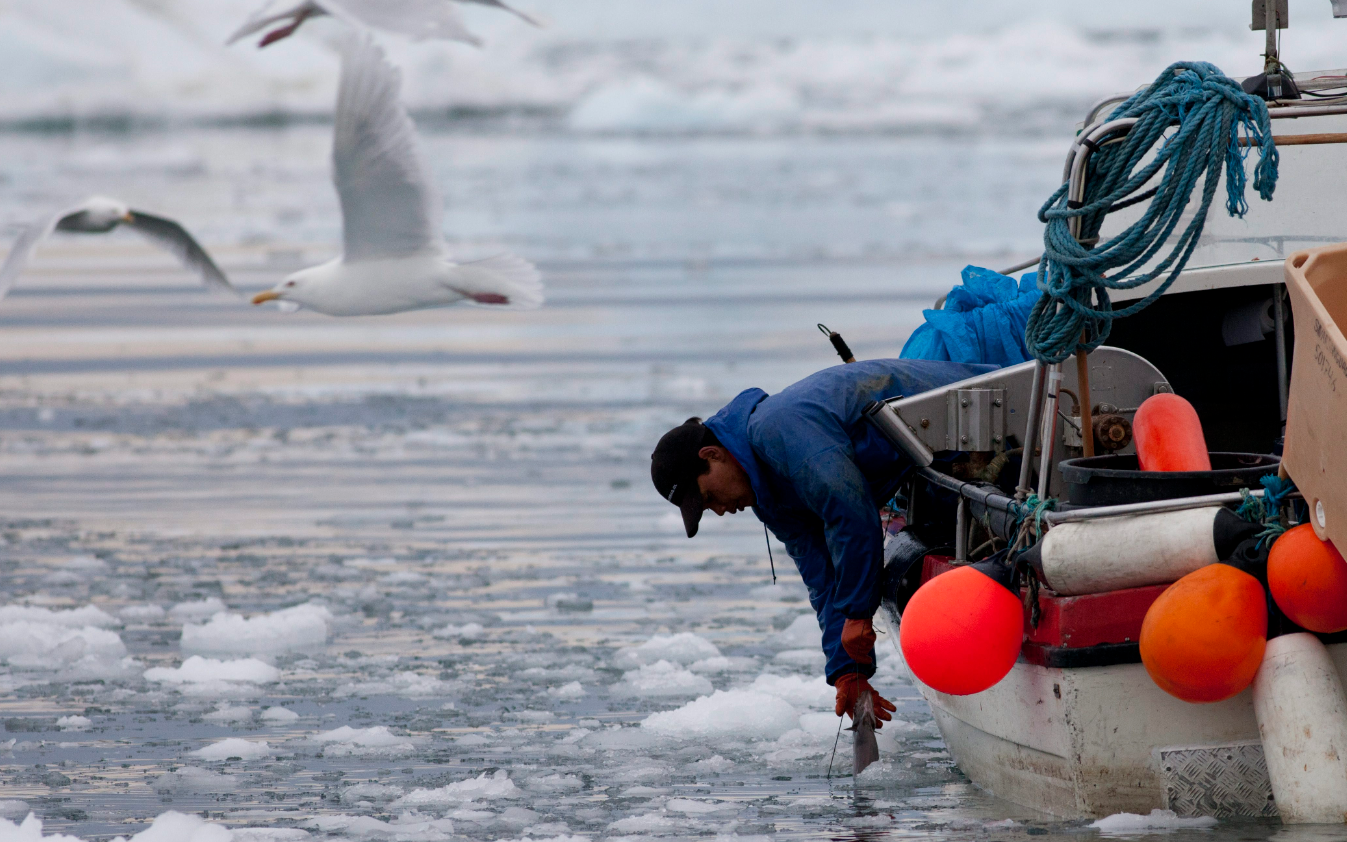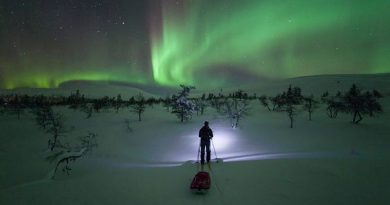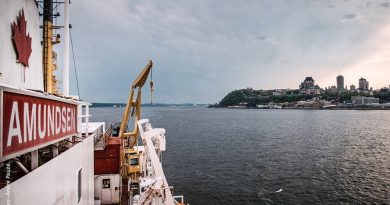Cleaner atmosphere means more Arctic ice melt: study

To protect human health and safeguard the environment, governments and utility companies around the world have worked — successfully — to reduced the amount of sulfur dioxide released into the atmosphere.
But there’s a downside to cleaning the air of sulfur dioxide and similar pollutants: Arctic sea ice is more exposed to solar heat, and more of it melts.
Now, Environment Canada researchers, in a study published in Geophysical Research Letters, have put a number on the sea-ice melt that reduced emissions of sulfur dioxide (and certain other aerosols, tiny particles that are suspended in the atmosphere) are expected to cause: about 400,000 square miles or 1 million square kilometers.
That’s the amount of ice melt, according to the study’s calculation, that’s likely to be attributable to reductions of human-caused emissions of sulfur dioxide and similar light-reflecting air pollutants by the end of the century. That figure will account for 25 to 40 percent of the expected seasonal sea-ice melt, depending on future emissions of carbon dioxide and other greenhouse gases, the study says.
That doesn’t mean there should be a slowdown in air-quality controls, said one of the study’s authors.
“We want to avoid that interpretation,” said Nathan Gillett, an Environment Canada research scientist and manager of the Canadian Centre for Climate Modelling and Analysis.
Role of pollutants
Removing sulfur dioxide and other pollutants from the air is important to protect people and the environment, even if it also removes some material that shields Arctic sea ice from melt, Gillett said.
“We’re really just pointing out that it’s part of the picture and should be considered,” he said. “We’re not trying to weigh costs and benefits of sulfur dioxide here.”
Sulfur dioxide is linked to respiratory problems in humans, as well as acid rain and other habitat degradation — even crop failures.
Burning fossil fuels — mostly coal — accounts for human sources of sulfur dioxide, according to the U.S. Environmental Protection Agency and other organizations. In the United States, updated Clean Air Act rules and an emissions-trading program for power plants and other stationary sources have reduced sulfur dioxide emissions dramatically. The European Union has also reduced sulfur dioxide emissions, reporting a 74 percent decrease between 1990 and 2011.
Emissions from human sources
But worldwide, sulfur dioxide emissions from human sources increased for a few years after 2000, a change attributed to coal-dependent China. From 2000 to 2006, sulfur dioxide emissions there increased by 53 percent, according to estimates from a 2010 study.
But pollution controls are taking force even in China. Technological improvements at power plants have cut emissions in recent years, and the Chinese government has launched clean-air programs, including a cap-and-trade program announced this year that targets greenhouse gas emissions.
Not all sulfur dioxide in the atmosphere is put there by humans. Volcanoes also pump some into the atmosphere, sometimes in significant levels, and wildfires are another natural source of sulfur dioxide emissions.
Since the late 1700s, scientists have understood big eruptions can cool Earth by sending emissions into the stratosphere that block sunlight. But eruptions can also have the opposite effect, hastening the melt of glaciers or sea ice by spreading dark, solar heat-absorbing ash on snow and ice.
The cooling effects of volcanoes have inspired several ideas for purposely adding aerosols to slow climate warming. But such geoengineering concepts have lots of drawbacks, experts say.
While sulfur dioxide is among the type of aerosols that reflect sunlight away from Earth, others, notably black carbon, absorb it and speed melt of ice and snow.
Related stories from around the North:
Canada: Farewell to ‘Last Ice’ victims, Deutsche Welle’s Ice-blog
Finland: Temperature record broken in Finland, Yle News
Greenland: Changing Sea Ice: The Ripple Effect (VIDEO), Eye on the Arctic
Norway: Melting glacier risk to seabed ecosystem, Deutsche Welle’s Iceblogger
Sweden: Fossil-Free Sweden initiative aims to lead by example, Radio Sweden
United States: Driving the sea ice, tundra in Arctic Alaska, Alaska Dispatch News



